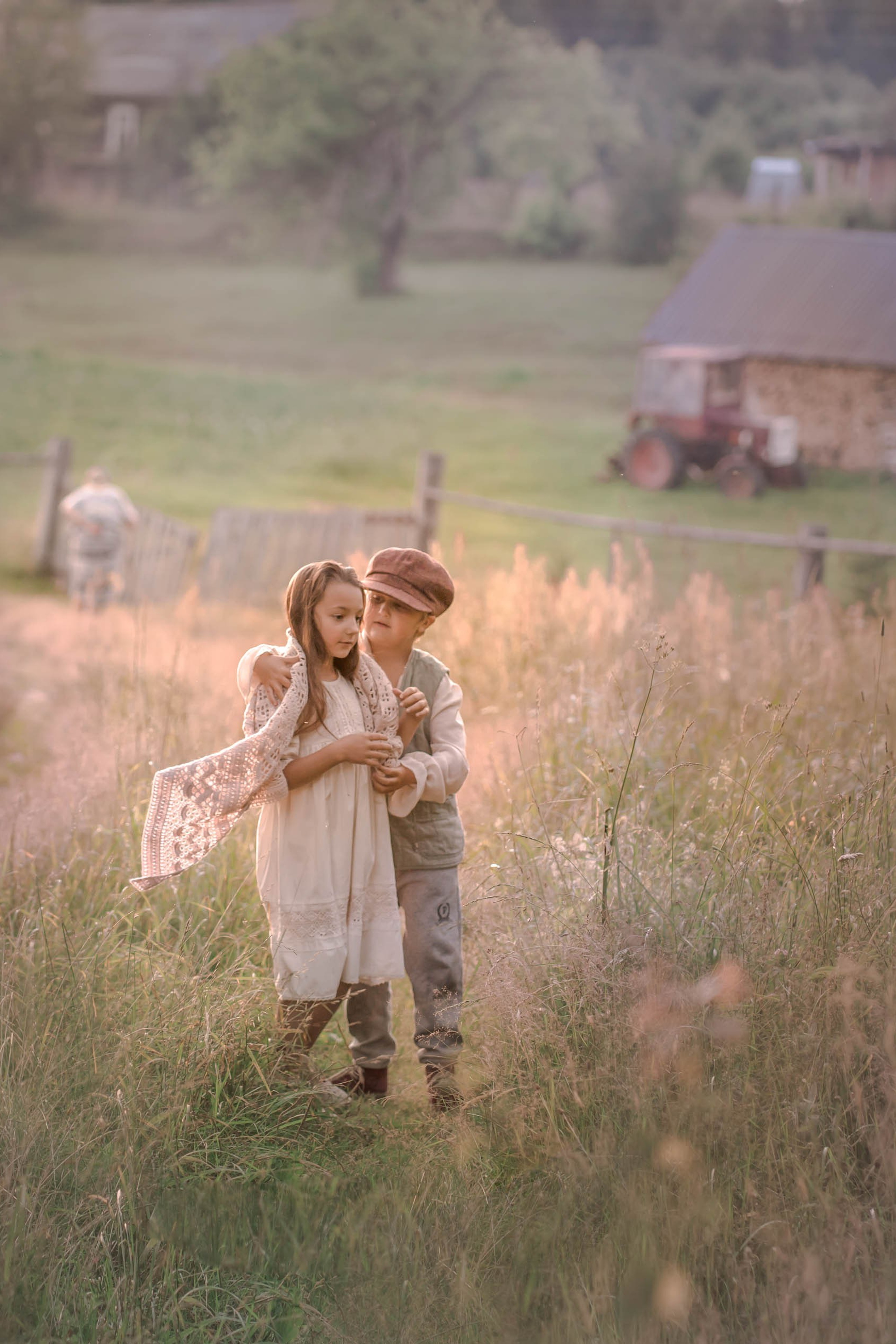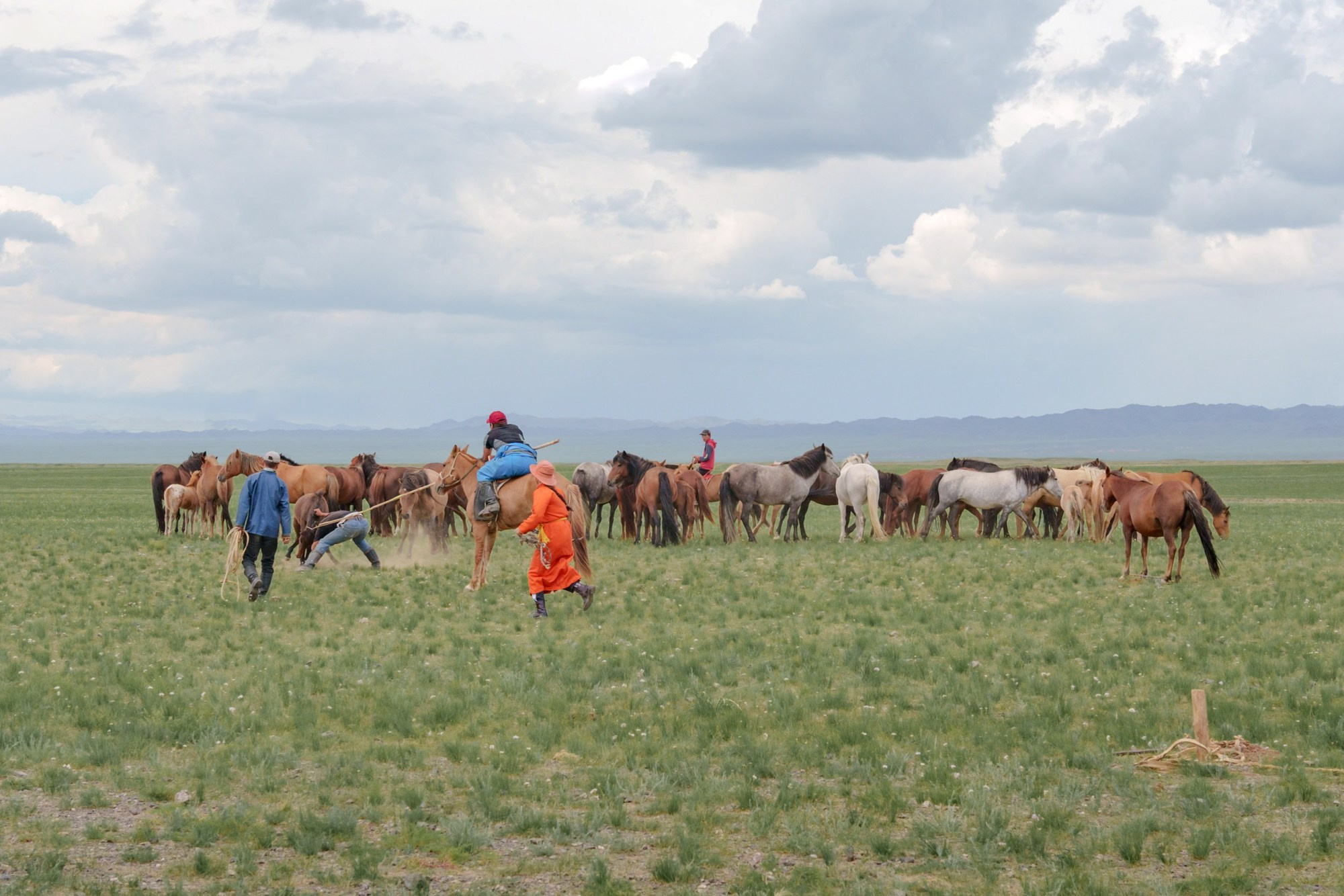Unique Moments Of Mongolia’s Life: A Photographer’s Journey. Nomads
For a photographer, capturing the unique moments of local life is a true stroke of luck. Mongolia has gifted us yet another remarkable experience.
After leaving the Vulture Gorge, we continued our journey. We had already observed herds of horses and camels, as well as flocks of goats and sheep. Thanks to the intuition of one of our “dream team” members, who suggested we see how the nomads live, we were able to capture an event that rarely invites photographers. We veered off the road and approached one of the yurts scattered across the Mongolian steppe.
Here it was—the miracle! That day, neighbors gathered to help a family round up horses with foals for milking the mares. The milk is used to make traditional fermented drinks like ayrag and kumis.The Mongolian horse breed has hardly changed since the time of Genghis Khan. Nomads, who number less than 0.5 million, tend to more than 2 million livestock.
Mongolian horses are small and live outdoors year-round, even in temperatures soaring to +30°C in summer and dropping to -40°C in winter, foraging for food on their own. Thanks to the generosity of nature, raising Mongolian horses costs almost nothing. They are an integral part of daily life, where a significant portion of the population still lives as their ancestors did long ago (though now they enjoy solar panels, mobile phones, and satellite dishes).The horse herd roams around the family’s dwelling, usually staying within a few kilometers. Owners interfere little with the herd’s life, allowing them to choose pasture. Horses can disappear for several days before their owners set out to look for them. Once a horse learns to carry a rider, it becomes calm, friendly, and reliable.
“A Mongol without a horse is like a bird without wings, ” goes the saying. Nomads come together to help one another. Several families gather, and the most experienced, agile, and strong man catches a foal using a lasso, pursuing it on horseback.
A few people tie the foal to a special harness. There are so many emotions—raw, intense, and ancient: the foal’s fear, anger, and desire to escape, and the mare’s concern for her child. I felt heartbroken for the little one, but I was assured that these actions are necessary and have been a part of nomadic life for thousands of years.
Participants in the event wore vibrant national costumes, and it was hard to believe this wasn’t a staged theatrical performance. However, the desert gifted us a unique opportunity to capture these incredible moments.
Each shot is not just an image, but a window into a wondrous world where traditions and nature intertwine seamlessly.Moreover, I realized that every moment of our daily life—every routine action, like caring for animals, playing with a child, reading a book, or even cooking—can become a beautiful memory if we look at it through the eyes of a photographer.
Blog

The gorge of the vultures Elyn Am

Gobi Desert National Park

Mongolia

Фотосессия как медитация. Джая

Participation in international competitions and awards

Fine Art portrait course of photo retouching

Фотосессия детей

Выпечка хлеба, Дагестан

Публикация в Vogue



















